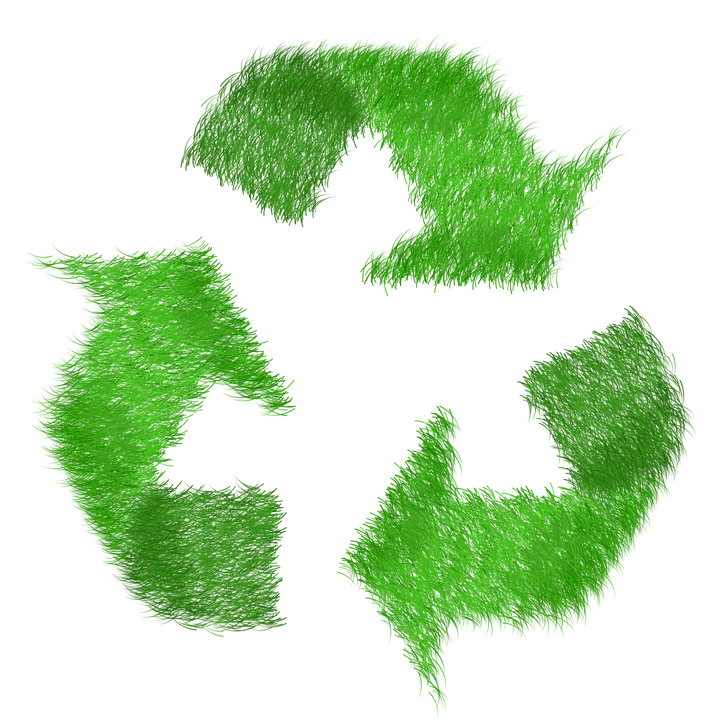Benefits for Businesses and Society
Cost is the key challenge both when fighting climate change and when increasing energy security. Since most of the world's energy infrastructure is based on the burning of fossil fuels, many countries find it both too expensive and too inconvenient to switch to today’s renewable energy sources.
They do not want to go green because they fear this could hurt their economic growth and development by having to invest in a massive new energy infrastructure while loosing jobs in the existing energy industry.
Thanks to our technological breakthrough, this does no longer need to be problem. NextFuel can provide clean profit for businesses interesting in licensing the technology, and create new green jobs all around the world. At the same time our solution enable existing energy infrastructure like coal plants to avoid expensive upgrades, go green and keep on operating just by switching fuel.
NextFuel does not rely on government subsidies, can compete directly with fossil fuels in terms of prices in most places, and uses the same infrastructure. It is a profitable solution to climate change due to its low costs and many benefits for business and society:

More than 80% of the world’s energy production is still based on fossil fuels, due to their low cost and an infrastructure built around them that exists everywhere. NextFuel™ briquettes are less expensive than coal most places in the world and use the same infrastructure. A coal plant can directly replace some, or even all of its coal, with our new clean fuel, without an expensive rebuilding of the plant. This makes it easy for them to go green and phase out coal, without having to close down or fire their workers. NextFuel torrefaction technology makes it possible to replace both coal and other types of fossil fuels with a clean and inexpensive alternative.
With a lot of marginal land available for elephant grass plantations, and with only a small drop in biomass productivity on marginal compared to arable land, a nearly infinite amount of raw material is potentially available for briquette production. For instance in China, a recent report shows that elephant grass grown on marginal land can produce 31.7 EJ per year, which is enough energy to replace 37% of the country’s coal consumption.
With the possibility to grow such huge amounts of elephant grass in the future, and profitably transform it into our clean coal substitute, the world have the option to phase out fossil fuels relatively fast, without hurting economic growth. NextFuel can potentially power the planet, long after every fossil fuel source runs out.

All projects using NextFuel torrefaction technology offers very large carbon savings. This is because all carbon released during combustion is absorbed by the above-ground growth of new plants. For wood based briquettes, the carbon cycle is several years to decades long. For elephant grass however, the cycle is completed within a few months. Each completed cycle also adds more and more carbon below ground. This carbon have the potential to compensate for the carbon released during harvesting, processing and transport. If the amount of carbon stored below ground exceeds the amount of carbon emitted during harvesting, processing and transport, the related projects become carbon negative without the need to invest in expensive carbon capture technologies. Projects based on elephant grass is potentially carbon negative within a year due to their fast carbon cycle and an unusually large amount of carbon stored annually (1.84 tonne carbon or 6.8 tonnes CO2 per hectare per year on average in Europe, equivalent to 25% of the actually harvested above-ground carbon.) Several research teams have concluded that elephant grass fuels can be carbon negative.
Instead of huge investments at the plants (like with BECCS or CCS), companies can now invest in projects that plant elephant grass and profitably capture CO2 only months after it was released. The more land areas that is developed, and the more NextFuel™ briquettes that are produced from elephant grass, the more CO2 is captured from the atmosphere on yearly basis because of biological carbon capture.

Using biomass to produce NextFuel™ briquettes can reduce smog problems in cities with pollution problems. Today farmers in several developing countries burn agricultural waste directly in the fields, creating large problems with smog in nearby cities. With NextFuel torrefaction technology, they can instead transform this biomass into our clean coal substitute and eliminate this problem.
NextFuel™ briquettes can also replace charcoal and be used in portable ovens as a clean cooking fuel in developing countries. This alternative practice has the potential to save both forests and lives.

NextFuel™ briquettes can be made from elephant grass that grows on marginal land not suitable for food production. Elephant grass stores so much carbon in the soil surrounding the roots that the land gradually becomes fertile. After a while it might be possible to use the land for food production. So in the long run, the planting of elephant grass has the potential to reverse desertification and increase food security. By replacing charcoal, NextFuel also reduces the need for wood and thereby reduce deforestation.

Establishing NextFuel factories is a quick way to bring clean electricity, economic growth and new jobs to developing countries. The best conditions for elephant grass, providing the highest yields, exist in Africa, South America and Asia. These regions of the world have a special potential to enter a profitable industry of turning energy crops (or waste) into a valuable product. In addition, NextFuel™ production makes it easy to connect more people to the grid without increasing emissions.